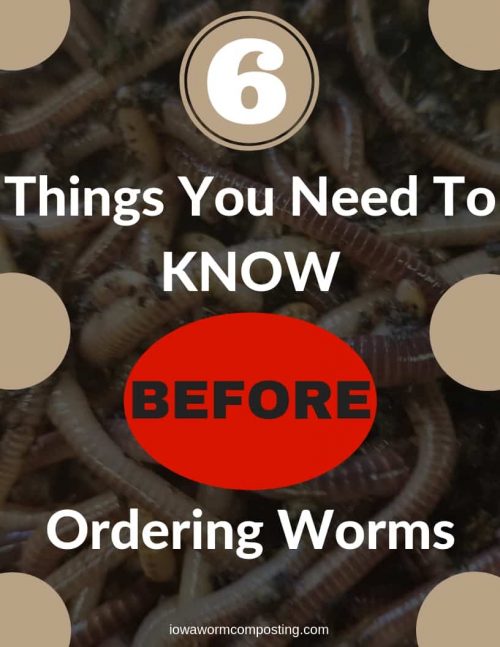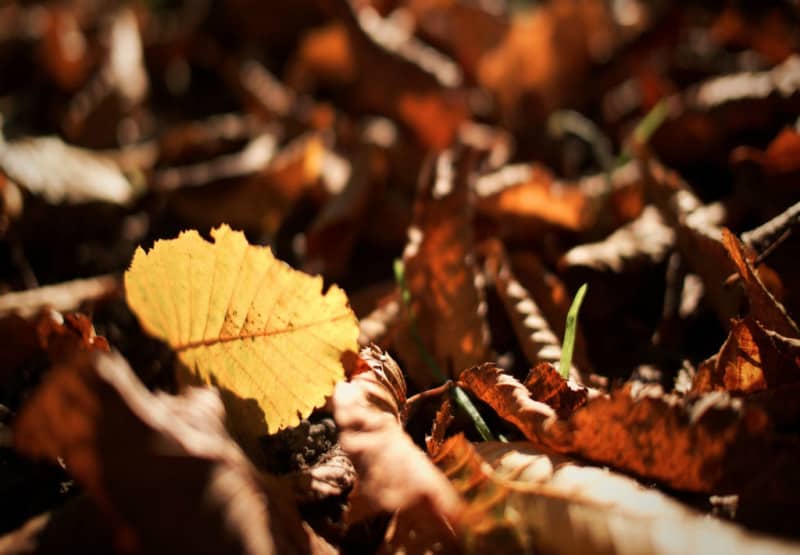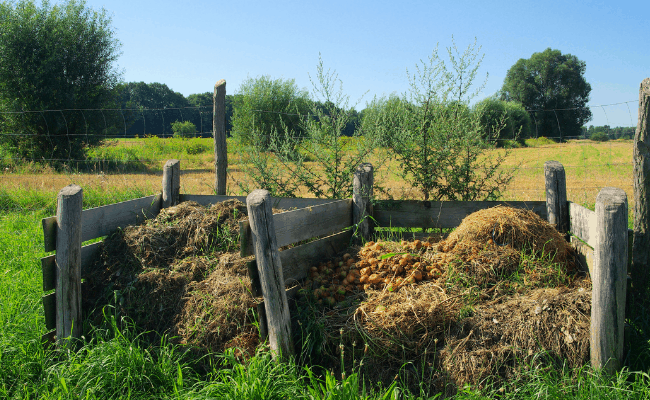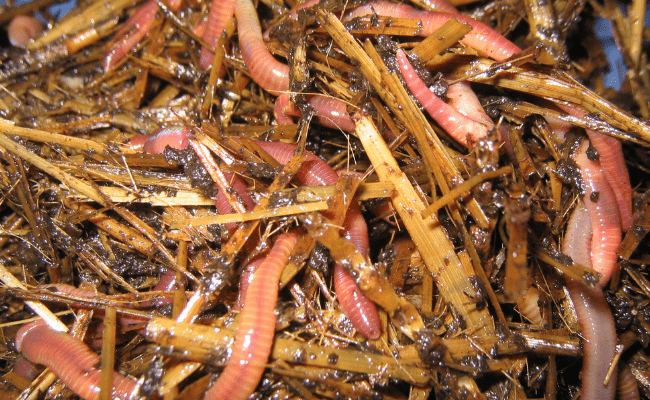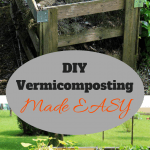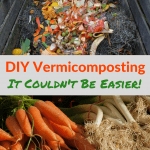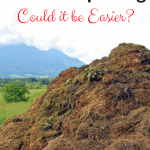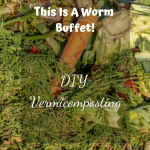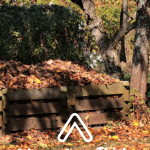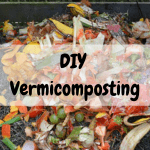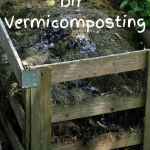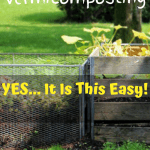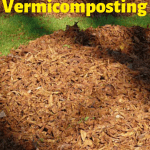Production of vermicompost does not need to be hard. DIY vermicomposting is occurring in your yard as we speak.
Worms have been at work for millions of years cleaning up nature’s messes.
We would be buried in waste if not for the behind-the-scenes actions of Mother Nature’s little composters.
People have been harnessing the power of earthworms for thousands of years, but recently vermicomposting has finally hit the mainstream.
Many people are adding worms to their outdoor compost piles and creating their very own vermicompost.
Let’s look at some of the ways we can take advantage of the worm’s incredible power to reduce waste and scraps into the best organic fertilizer in the world.
Vermicompost Definition
Vermicompost by definition is decaying vegetative matter that has partially been consumed by worms leaving behind their castings.
Simply put, the worms ate some of your material and left their poop behind.
Vermicompost will have a higher percentage of decaying vegetable matter than pure worm castings.
The two terms are kind of used interchangeably but this is not really correct.
Vermicompost will have more bulk than regular castings and will continue to break down and decay.
The castings themselves are loaded with beneficial bacteria and fungi which helps to further increase the speed of decomposition of the vegetable matter.
Vermicast is another term that is used and it is actually the same thing as vermicompost.
No matter the name, this is a great addition to your gardens, landscapes, and yards.
You get the bulk of the material that aids in aerating your soil with the addition of fertilizer and beneficial microbes and fungi all working together.
Your plants will be healthy and vibrant without the need for chemical fertilizers.
DIY Vermicomposting Helps the Process Along
The worms that you see in your gardens are mostly earthworms that live in the soil.
They are great at eating surface materials and aerating your soil.
We can help supercharge the composting process by adding composting worms directly to our outdoor compost piles.
Some types of worms classified as composting worms are red worms, blue worms, European nightcrawlers, and African nightcrawlers.
These worms live, eat, and reproduce directly in the compost.
This will greatly speed up the composting process and deliver a very valuable resource to you much more quickly.
Where Can I Find Composting Worms?
DIY vermicomposting begins with an outdoor compost pile and composting worms. Your outdoor compost pile can be made with leaves, grass clippings, food waste, garden waste, cardboard, and other organic materials. A simple enclosure is all that is required.
Composting worms are readily available online and you may even find a local source. Worms for composting are easily shipped right to your door by many online worm farms. This is standard practice and has worked well for years.
Sometimes, you can find a local source that also sells composting worms. Facebook Marketplace and Craigslist are two good places to start your search for a local source.
Also, ask your organic gardening friends. Chances are that they have been using worm castings in their gardens for years. They may have their own worm bins or be able to direct you to their own source of worm castings or composting worms.
DIY Vermicomposting
DIY vermicomposting is really as easy as adding composting worms to a new or established compost pile.
We just need to stand back and let the worms do what they do best. Eat, poop, and reproduce.
They have been doing that for millions of years.

